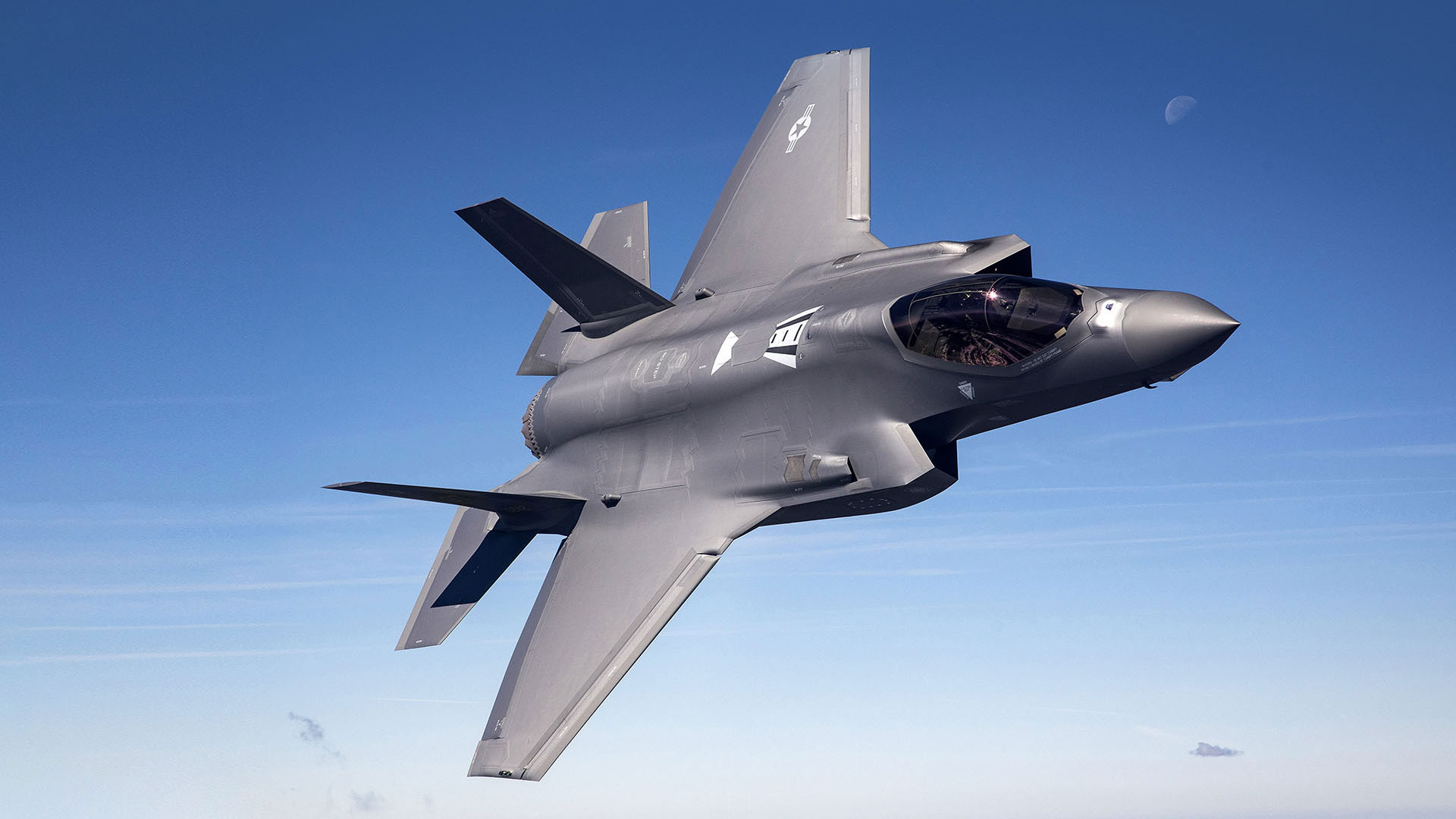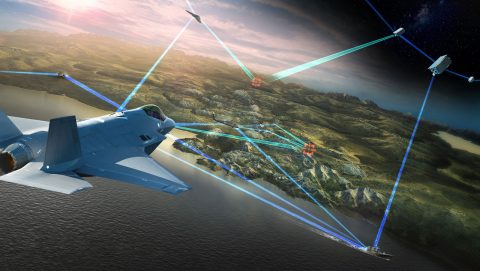?
?
?
Samples today, footsteps tomorrow.
Mars Sample Return (MSR) represents a significant advancement in planetary science, aiming to deliver approximately 30 Martian specimens to Earth. Recently, we offered NASA a mission architecture built on a firm-fixed-price model under $3 billion — less than half of current MSR budget estimates, which hover around $7 billion — by leveraging existing, flight-proven spacecraft designs and streamlined systems. This proposal includes a smaller lander inspired by the design, a lighter Mars Ascent Vehicle (MAV), and a compact Earth Entry System (EES) based on heritage missions like OSIRIS-REx, all intended to minimize mass, cost and complexity while managing risk through reliance on established technologies.
Once returned to Earth, the Martian samples will undergo comprehensive laboratory analysis using instruments more advanced than those feasible for robotic missions. Our plan places strong emphasis on contamination control, ensuring the reentry capsule meets stringent scientific and planetary protection standards.
By offering a mission profile that balances cost effectiveness with scientific rigor, our approach enables NASA to move forward with MSR in a more affordable and efficient manner, while preserving the mission’s potential to yield transformative insights into Mars and lays the groundwork for future human exploration.
?
?
Decades of Mars Exploration and Sample Return Experience
With our 50-year legacy of pushing the boundaries of deep space exploration, we are uniquely positioned to guide this mission to success. By drawing upon our extensive experience and heritage of innovation, we can navigate the complexities of MSR and maximize scientific value, all while minimizing costs and additional development time. It's a delicate balance — one that requires a deep understanding of the challenges and opportunities of exploring Mars.
And we've been here before.
美诱直播've built 11 of the 22 NASA spacecraft that have journeyed to Mars. And we've built, tested and flown the NASA spacecraft that have returned samples of asteroids, comets and solar wind particles.
With Perseverance's recent discovery of biosignatures on Mars, humanity is on the brink of potentially confirming signs of life on a planet other than our own. As NASA returns to the Moon through the Artemis program and extends human exploration with its , our robotic solutions provide the greater scientific understanding of the Red Planet that is foundational in making this vision a reality.
?
?












